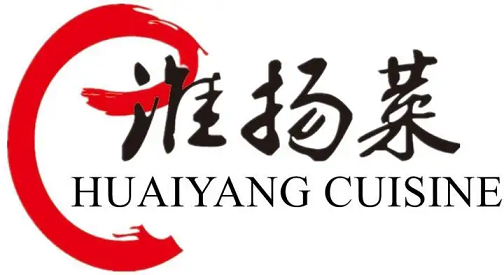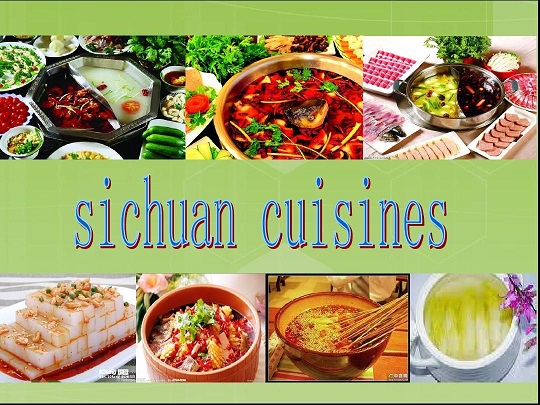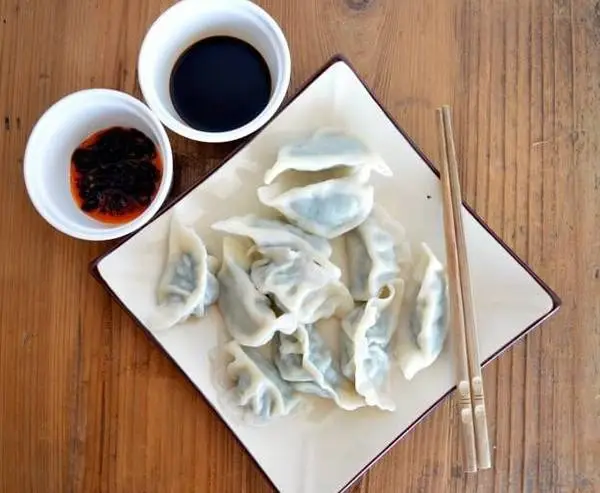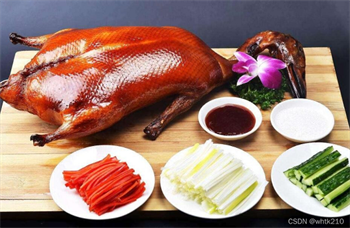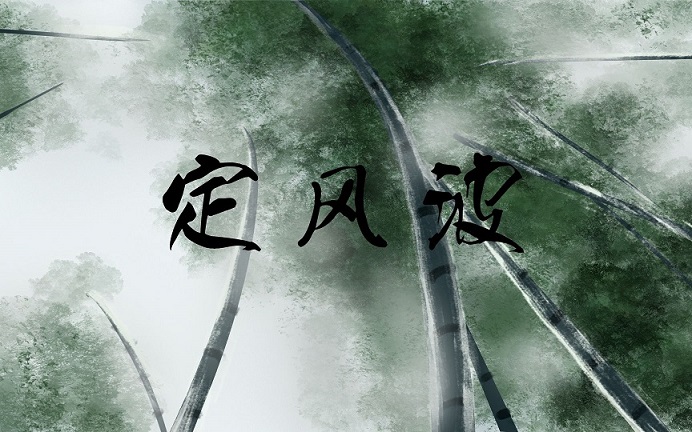Shandong cuisine is one of the four traditional Chinese cuisines (and also the eight major cuisines) of spontaneous cuisine (compared to Huaiyang, Sichuan, Cantonese and other influential cuisines) . It has the longest history, the most abundant techniques, and the most common cuisine.The cuisine of Gongli . It is the representative of the culinary culture in the Yellow River Basin.
"The mountains and seas are all together, and the soil is thousands of miles ("Records of the Grand Historian, Biography of Huozhi")." Shandong is located in the lower reaches of the Yellow River, with a mild climate. The province is home to a variety of landforms such as large rivers, large lakes, hills, plains, and seas, creating the uniqueness of Shandong cuisine.The selection of ingredients is extremely rich and balanced: the frequency of serving each category of Shandong cuisine, such as fruits and vegetables, livestock, seafood, freshwater freshwater, mountain mushrooms, and dried treasures, is between 15% and 18% (data from HuaiheAccording to the research by Mr. Zhou Xiaoyan, a famous Yang cuisine chef and a professor at Yangzhou University, the frequency of freshwater products in Huaiyang cuisine accounts for 40%, and the frequency of Sichuan cuisine in poultry and livestock accounts for 50%).The cooking techniques that are most suitable for each ingredient are different, and the rich variety of ingredients directly stimulates the richness and variety of Shandong cuisine cooking techniques.Shandong's unique material conditions, coupled with the Confucian school's spiritual pursuit of "not getting tired of fine food, never tired of fine food" for more than 2,000 years, has finally become a grand view of Shandong cuisine.2500 years ago, the Confucian school of Shandong established the aesthetic orientation of Chinese diet focusing on fineness, neutrality and health; the "Qi Min Yao Shu" (written about 533-544 AD) in the late Northern Wei Dynasty summarized the "steaming" in the middle and lower reaches of the Yellow River., boil, roast, brew, fry, fry, boil, cook, fry, wax, salt, soy sauce, vinegar, sauce, wine, honey, and pepper" laid the framework for Chinese cooking techniques; a large number of Shandong chefs and dishes entered the Ming and Qing Dynasties.The imperial court further sublimated the style and characteristics of Shandong cuisine, which is graceful and luxurious, upright atmosphere, and peaceful and healthy.The classic dishes include one-pin tofu, sea cucumber grilled with spring onion, three-wire shark fin, white grilled four treasures, sweet and sour Yellow River carp, nine-turn large intestine, fried double crispy, grilled raw shell abalone, oil braised prawn, vinegar pepper fish, glutinous fishslices, mandarin fish slices in warm soy sauce, steamed squid rolls, white fungus in clear soup, mugwort meat (mushu meat), four major Jiaodong mixes, sweet and sour pork loin, braised prawns, Zhaoyuan steamed balls, Zaozhuang spicy chicken, steamed Jiaji fish, Jinan handle meat, scallion and pepper fish fillet, chicken nuggets in sugar sauce, oil-splashed bean sprouts, Shili ginkgo, milk soup cabbage, mullet egg soup, pan-roasted duck, crispy chicken, yellow croaker tofu soup, shredded yam,Honey pear balls, casserole powder, cloth bag chicken, hibiscus chicken slices, hibiscus yellow tube, Yangguan three stacks, shrimp before the rain, Wuyun Tuoyue, yellow braised chicken, pot collapsed yellow croaker, milk soup crucian carp, roasted two winters, Taishan Sanmei Soup, Bianxi Shi Tongue, Crab Race, Braised Chicken Shreds, Elephant Pigeon Egg, Cloud Piece Hericium, Fried Fish Celery, Fried Whole Scorpion, Watermelon Chicken, etc.


